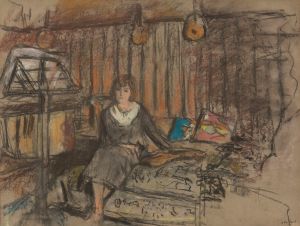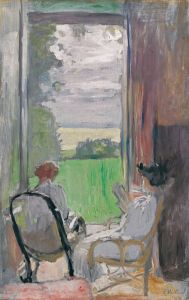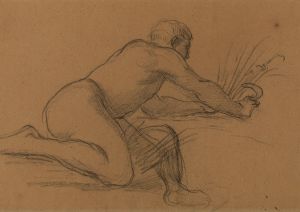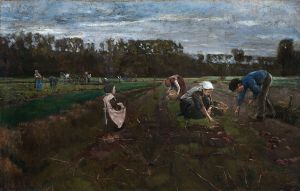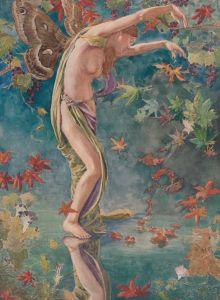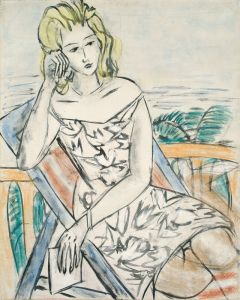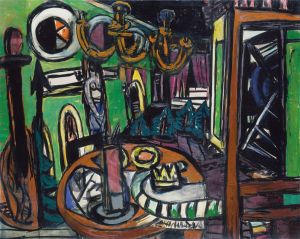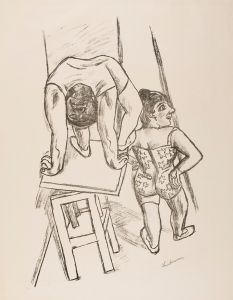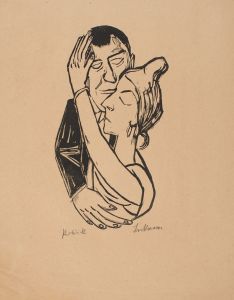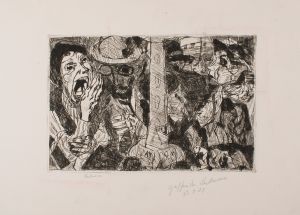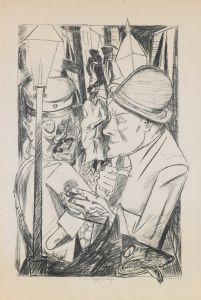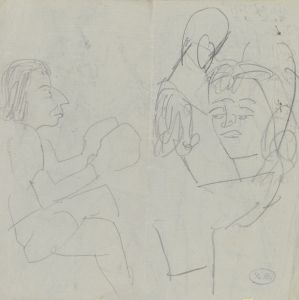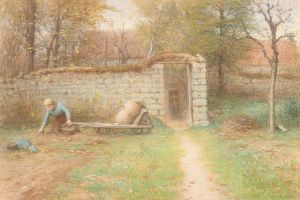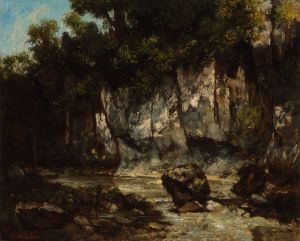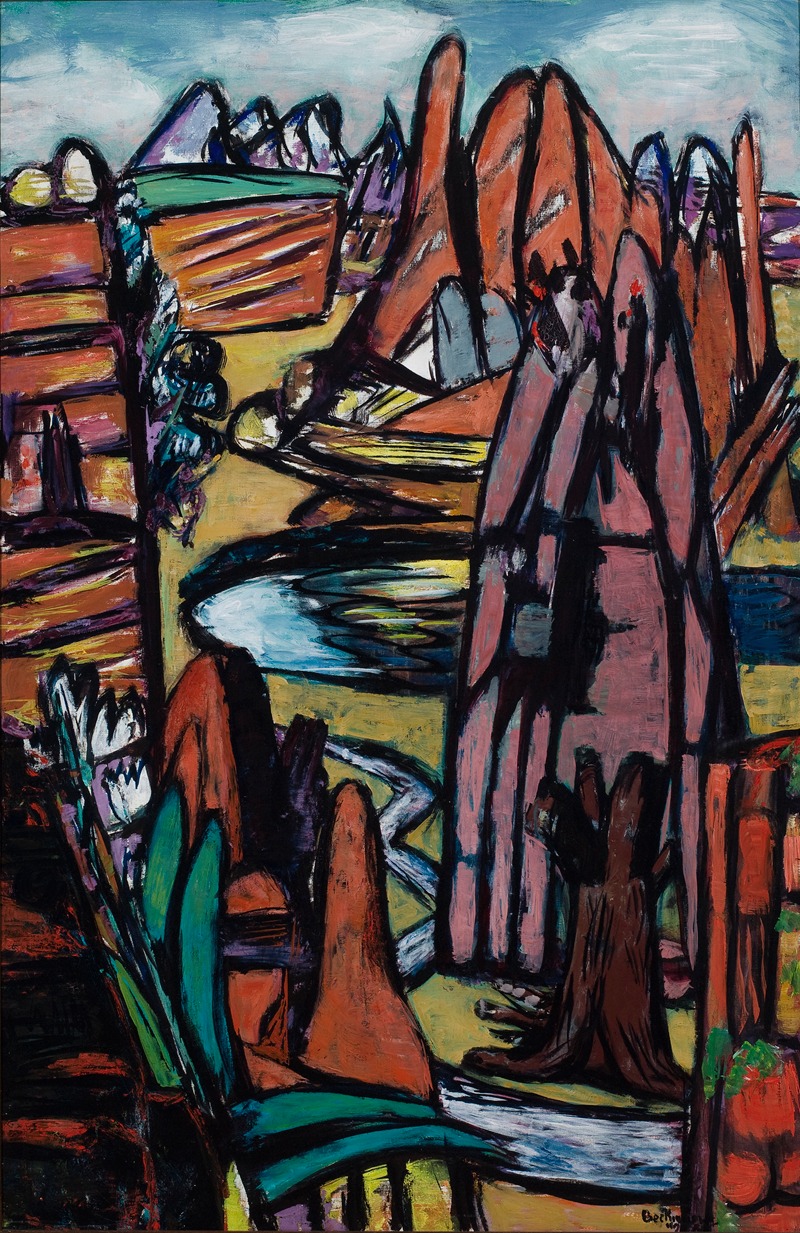
Boulder – Rocky Landscape
A hand-painted replica of Max Beckmann’s masterpiece Boulder – Rocky Landscape, meticulously crafted by professional artists to capture the true essence of the original. Each piece is created with museum-quality canvas and rare mineral pigments, carefully painted by experienced artists with delicate brushstrokes and rich, layered colors to perfectly recreate the texture of the original artwork. Unlike machine-printed reproductions, this hand-painted version brings the painting to life, infused with the artist’s emotions and skill in every stroke. Whether for personal collection or home decoration, it instantly elevates the artistic atmosphere of any space.
"Boulder – Rocky Landscape" is a painting by the German artist Max Beckmann, created in 1932. Beckmann, born in 1884, was a prominent figure in the German Expressionist movement, although his work often defies easy categorization. His art is known for its complex symbolism, bold use of color, and dramatic compositions.
"Boulder – Rocky Landscape" exemplifies Beckmann's mature style, which often features a blend of realism and abstraction. The painting depicts a rugged, rocky landscape dominated by a large boulder, set against a backdrop of jagged cliffs and a turbulent sky. The scene is rendered in Beckmann's characteristic thick, expressive brushstrokes and a palette that combines earthy tones with stark contrasts of light and shadow.
The painting reflects Beckmann's interest in the natural world and his ability to convey a sense of drama and tension within a seemingly static scene. The boulder, central to the composition, can be interpreted as a symbol of stability and permanence amidst the chaotic natural environment. This theme of contrast and duality is a recurring motif in Beckmann's work, often reflecting the tumultuous socio-political landscape of the time.
Max Beckmann's career was significantly impacted by the political climate in Germany during the early 20th century. In 1933, shortly after "Boulder – Rocky Landscape" was completed, the Nazi regime came to power and began its campaign against what it deemed "degenerate art." Beckmann's work was included in the infamous Degenerate Art Exhibition of 1937, which aimed to ridicule modernist artists. As a result, Beckmann fled Germany and spent the following years in exile, first in the Netherlands and later in the United States.
Despite the challenges he faced, Beckmann continued to produce a prolific body of work throughout his career. His paintings often explore themes of existentialism, human suffering, and the search for meaning, influenced by his personal experiences and the broader historical context of his time.
"Boulder – Rocky Landscape" is housed in the collection of the Saint Louis Art Museum in Missouri, USA. The museum acquired the painting in 1952, and it has since been an important part of their collection of modern European art. The painting is appreciated not only for its aesthetic qualities but also for its historical significance as part of Beckmann's oeuvre and its reflection of the artist's response to the world around him.
Max Beckmann's legacy as an artist is marked by his ability to convey profound emotional and psychological depth through his work. "Boulder – Rocky Landscape" stands as a testament to his skill in capturing the essence of the natural world while imbuing it with a sense of narrative and symbolism that invites viewers to contemplate the deeper meanings behind the imagery.





